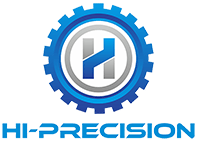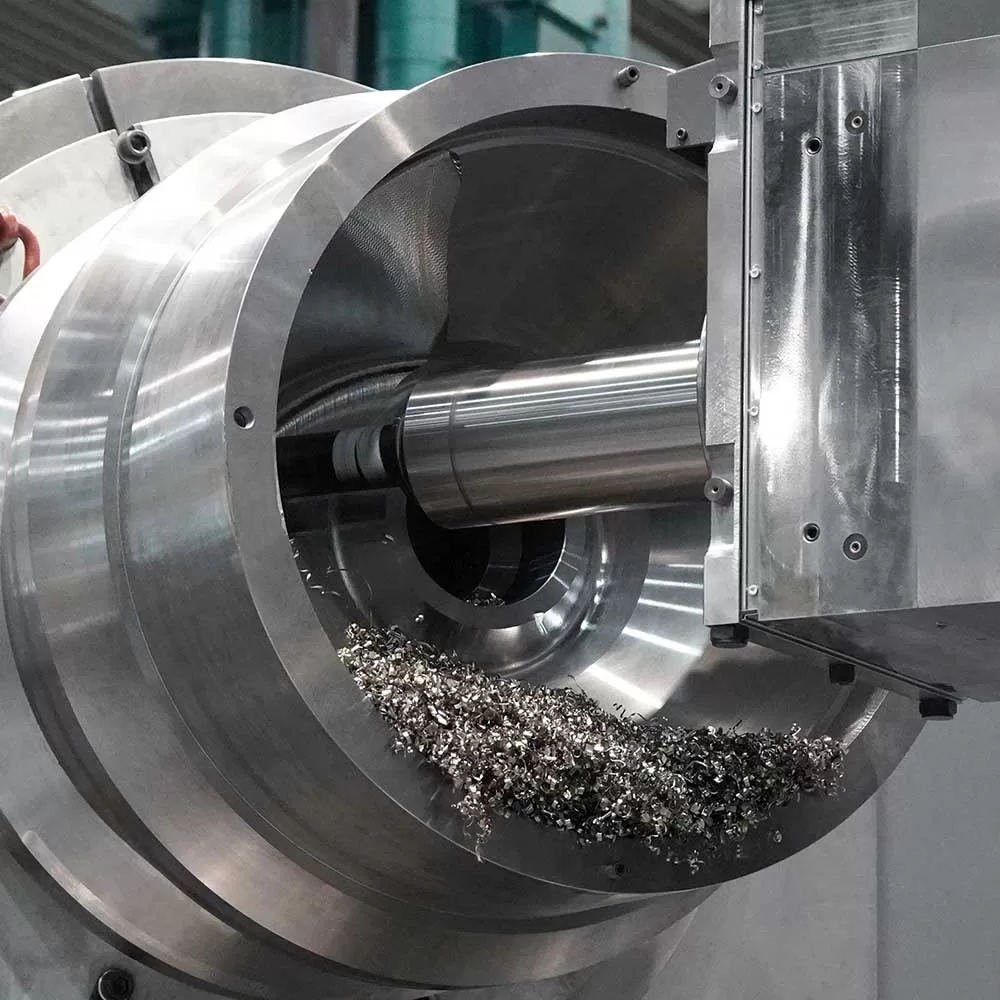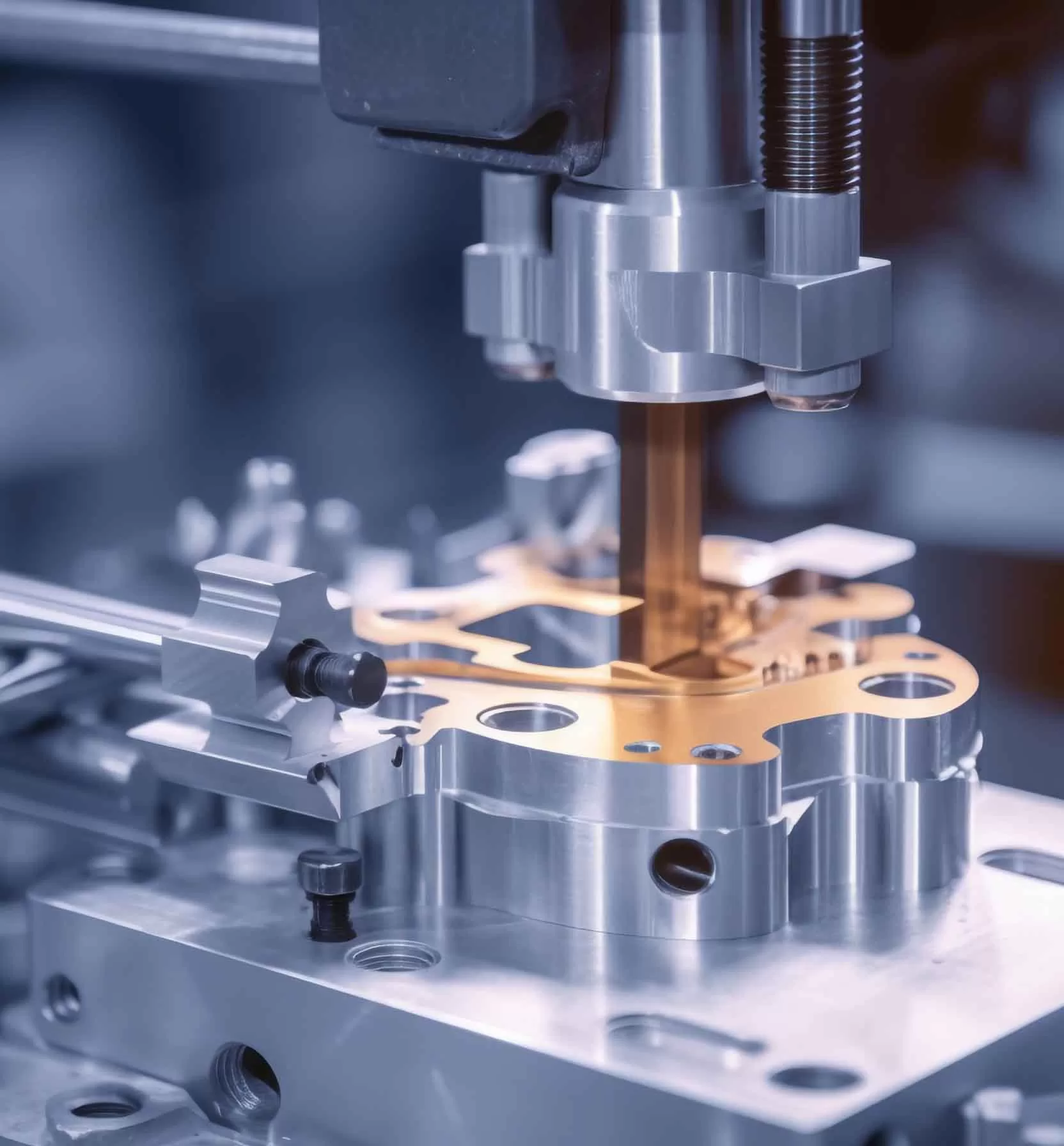As we all know, 3D scanners can maximize the accuracy of CNC milling, so, do you know what a 3D scanner is?
The three-dimensional displayability of 3D scanning technology can be displayed in all aspects of social life. Based on the development of scanning technology, software can be used to scan the structure of objects in multiple directions to establish a three-dimensional digital model of the object.
3D scanning technology has three main principles:
- Principle of structured light scanning. It adopts a combination of structured light technology, phase measurement technology, 3D vision technology, and composite three-dimensional non-contact measurement technology. So it is also called “3D structured light scanner”. The use of 3D scanning technology makes it possible to carry out photogrammetry on objects. The so-called photogrammetry is similar to the camera taking pictures of objects in the field of view. is the three-dimensional information of the object. Unlike conventional 3D scanners, this scanner can measure one surface at a time.
- Principle of Laser Scanning
- The principle of three coordinates. The three-coordinate measuring machine is a rectangular coordinate system established by three mutually perpendicular motion axes X, Y, and Z. All movements of the probe are carried out in this coordinate system, and the movement track of the probe is represented by the center of the probe ball. . When measuring, put the measured part on the workbench, and the probe is in contact with the surface of the part. The detection system of the three-dimensional coordinate measuring machine can give the precise position of the center point of the measuring ball in the coordinate system at any time. When the measuring ball moves along the geometric surface of the workpiece, the geometric size, status and position tolerance of the measured workpiece can be accurately calculated.
A 3D scanner is a scientific instrument used to detect and analyze the shape (geometric structure) and appearance data (such as color, surface albedo, etc.) of objects or environments in the real world. The collected data is often used to perform 3D reconstruction calculations, creating digital models of actual objects in the virtual world. These models have a wide range of uses, such as industrial design, defect detection, reverse engineering, robot guidance, landform measurement, medical information, biological information, criminal identification, digital cultural relic collection, film production, game creation materials, etc. application. The production of 3D scanners does not rely on a single technology. Various reconstruction technologies have their advantages and disadvantages, and the cost and selling price are also different. At present, there is no universal reconstruction technology, and the instruments and methods are often limited by the surface characteristics of the object. For example, optical techniques are not easy to handle shiny (high albedo), mirror or translucent surfaces, while laser techniques are not suitable for fragile or perishable surfaces. The 3-coordinate 3-dimensional scanner is mostly used for part precision testing. For parts processed by CNC turning and milling, when the accuracy is required to be at the micron level, such a scanner is usually required for measurement.


